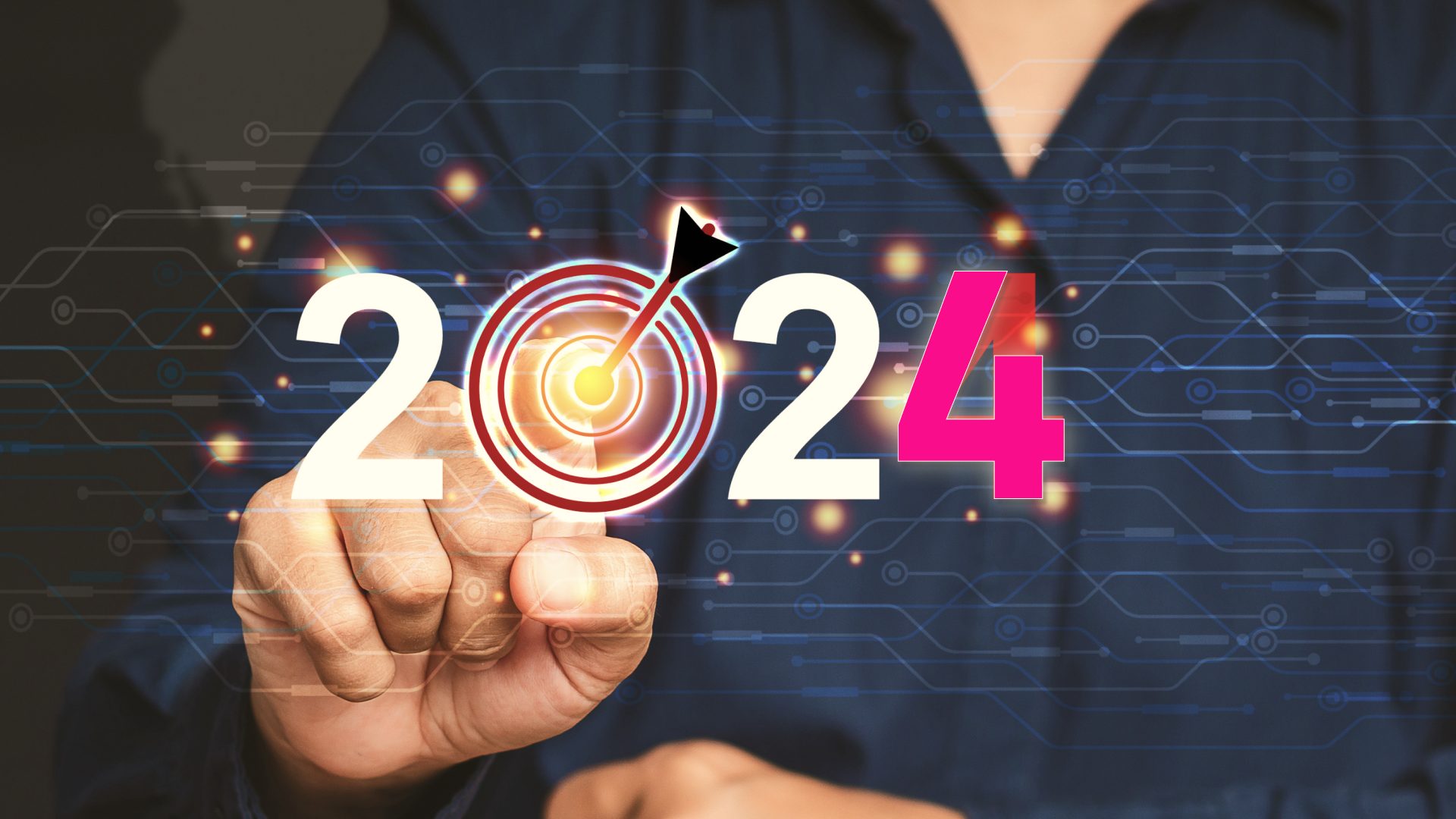
In a recently published article by TI Inside, it was revealed that Brazilian micro and small enterprises (MPEs) have made significant advances in terms of digital maturity, with an average score of 48.25 in 2023, as pointed out by research from the Brazilian Agency for Industrial Development (ABDI).
As the CEO of VitaminaWeb and founder of Jurnly, two companies immersed in the digital universe, I consider these data not just as numbers, but as a reflection of the resilience and adaptability of the Brazilian business sector.
Connectivity and Digital Education
The ABDI study, structured based on a questionnaire covering five essential objectives, including ‘Connecting and Engaging Customers’ and ‘Establishing new bases for competition’, shows that the digitalization of businesses is a consistent trend. Broadband connectivity leads technological implementation, which is a clear indication that access to information and communication capabilities are prioritized.
However, the low adoption of e-learning tools points to a critical area that needs more attention. Digital education is a fundamental pillar for the evolution of digital maturity, and its implementation should be seen as an investment in the human capital of companies.
Post-Covid Challenges and Opportunities
Adryelle Pedrosa, Digital Transformation Manager at ABDI, mentions the limited implementation of e-learning tools and the cooling in the expansion of online business channels as notable challenges. These points might be reflections of a post-Covid economic reopening, where face-to-face activities are regaining their space.
However, it is essential that MPEs see this not as a setback, but as an opportunity to integrate digital and face-to-face strategies, creating a hybrid and resilient business model.
Classification and Progression: A Perspective from the Jurnly CDE Model
The ABDI research, classifying Brazilian MPEs into four levels of digital maturity, finds an interesting parallel in the CDE (Continuous Digital Evolution) model of Jurnly. This model offers a strategic approach to digital transformation, outlining a clear path for companies to evolve digitally.
The correlation between the stages of the CDE model and the levels of digital maturity identified by ABDI is an opportunity to reflect on how companies can progress more structured and effectively.
From Beginner to Innovator: The Digital Maturity Journey
In the first stage of the CDE model, the “Beginner”, companies are just starting to understand the importance of digitalization. This resembles the “Analog” level of ABDI, where companies are at the beginning of their digital journey. Jurnly recognizes that although digital adoption may be incipient and disorganized, it is a crucial step towards recognizing the need for change.
As companies advance to the “Engaged” stage of the CDE model, they begin to integrate their digital initiatives, reflecting the “Emerging” level of ABDI. Here, MPEs are already applying the lessons learned and start to see digitalization as an integral part of their business strategies.
The “Optimizer” stage in the CDE model is where companies start reaping the benefits of digital transformation, which can be compared to the “Intermediate” level of ABDI. Companies at this stage are effectively using digital technology to connect data and optimize operations, seeking efficiency and effectiveness in their digital strategies.
Finally, the “Innovator” stage of the CDE model corresponds to the “Digital Leader” level of ABDI. Companies reaching this stage are those that not only adopt and optimize digital technologies but also innovate and lead in their fields. They are characterized by a complete integration of digital transformation into all facets of their operations and strategies.
Sectors in Focus
The commerce sector showed the most evolution, closely followed by the services sector. This healthy competition among sectors is an engine for innovation and continuous improvement. However, the almost imperceptible difference between sectors suggests that there is common ground of challenges and opportunities that can be better explored through collaborations and strategic partnerships.
What We Can Conclude
The lack of resources is still cited as the main obstacle to advancement in digital transformation. This underscores the need for more robust support policies, investments in infrastructure, and training programs that can assist MPEs in overcoming these barriers.
Digital maturity is a critical indicator of the growth potential and innovation of MPEs. The data presented by ABDI and discussed by TI Inside offer a valuable insight into the current state and future prospects for MPEs in Brazil.
As business leaders and innovators, we must continue to promote digital education, collaboration among sectors, and investment in emerging technologies.
The journey to digital maturity is multifaceted and requires a strategic and adaptive approach. The Jurnly CDE model, aligned with the digital maturity levels of ABDI, provides a roadmap for Brazilian MPEs to advance toward deeper and more innovative digital integration.
As companies progress from “Beginners” to “Innovators,” they transform not only their operations but also the market they operate in, driving economic growth and innovation in Brazil.
The journey is ongoing, and each step forward reinforces Brazil’s position as a digitally mature player on the global stage.





Comments